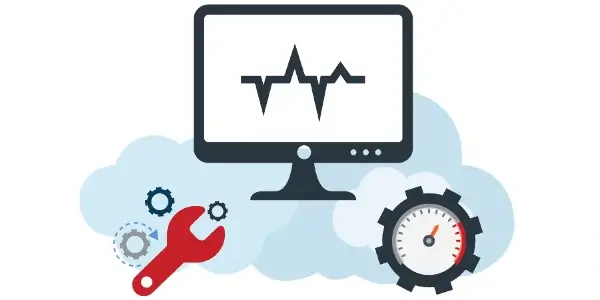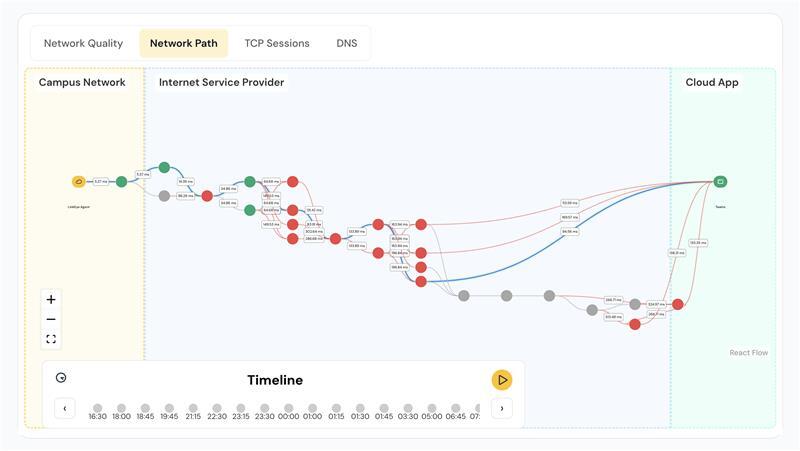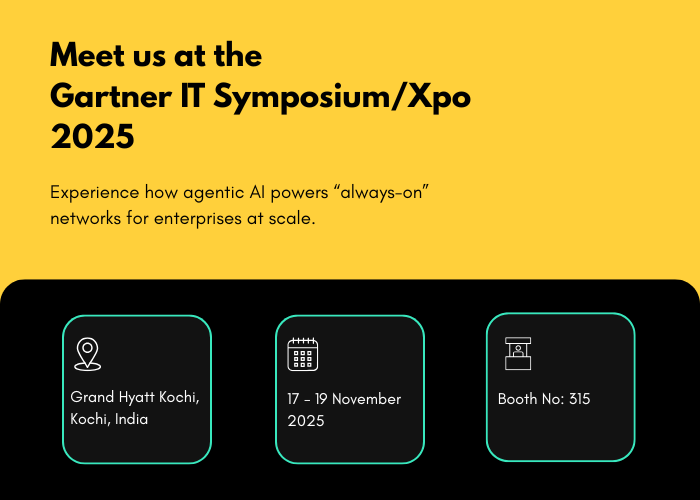Modern enterprise networks are becoming increasingly complex with a mix of routers, switches, firewalls, and load balancers. These become an operational liability especially in multi-vendor environments, where each device may have its own logic, syntax, and change history, even a small inconsistency can compromise security posture, break routing paths, or introduce critical blind spots.
At its core, configuration drift is the gap between what a network should look like and what it actually looks like. The more devices, teams, and vendors involved, the faster that gap can grow.
The Shortcomings of Scheduled Backups
Most organizations implement scheduled configuration backups; be it daily, weekly, or at fixed intervals. While that’s a smart baseline, because if something breaks, you at least have a point-in-time copy to reference or restore. But backups are inherently reactive. They don’t tell you when something changed, who made the change, or whether it was authorized. And they don’t prevent the change in the first place.
If a misconfiguration is introduced hours before the next backup, there’s a window of risk especially when teams are operating under tight SLAs or during off-hours.
According to a 2023 report by Enterprise Management Associates (EMA), 78% of network-related outages are caused by manual misconfigurations. Yet only 38% of surveyed enterprises had real-time configuration monitoring in place.
The Reality of Config Drifts
Managing configurations in a homogenous environment is already challenging. Add multiple vendors to the mix, each with different CLI formats, update cadences, and backup protocols, and the risk of drift grows exponentially.
Devices may use varying methods for authentication, update propagation, and rollback. Some support REST APIs, others rely on SNMP or SSH. Without a unified way to track and verify configurations, teams often resort to siloed tools and scripts, which don’t scale or offer consistent visibility.
The result? Limited insight into what’s changed, and delayed response when things go wrong.
The Solution: Configuration-Aware Visibility
This is why at LinkEye we believe in continuous awareness through a system that stores configurations changes and allows you to surface device state histories. LinkEye addresses that need by:
- Logging every configuration change automatically
- Timestamping changes and tying them to specific devices
- Providing network context through a visual overview of device health and connectivity
With this, the Engineers remain in control. But they’re armed with better visibility, faster insight, and context that would otherwise take hours to compile manually.
Golden Configuration as the Baseline
To truly prevent drift, teams need a known good state. That’s where the idea of a golden configuration comes in. A golden config is the vetted, approved version of a device’s setup: the one you’d want restored in case of emergency, audit, or unauthorized change. It serves as a benchmark to compare against current configurations.
LinkEye supports this workflow by letting teams identify and track golden configurations. When changes occur, engineers can see exactly how the live config diverges from the baseline. This makes it easier to audit devices, enforce policy, and spot unauthorized changes before they become problems.
Managing Change in a Real-World Network
To support change detection, LinkEye offers practical alignment with day-to-day network realities:
- Auto-inventory discovery: Reducing the overhead of manually tracking devices across sites
- SNMP and SSH integration: Ensuring compatibility with a wide range of network equipment
- Unified Network Visibility: Providing insights into device health and connectivity across network, helping teams respond faster during anomalies.
And acts as a force multiplier for L1 teams by providing access to relevant logs, suggesting likely causes, and helping operators zero in on the source of change. It answers the same diagnostic questions an L1 engineer would ask, before an issue is escalated.
Why This Approach Matters
Network complexity isn’t going down. Gartner predicts that by 2027, more than 60% of enterprises will have multi-cloud and hybrid networking strategies, increasing the need for cohesive configuration control.
At the same time, staffing shortages and alert fatigue are pushing teams to reduce manual triage work. Having real-time visibility into configuration state is one of the few ways teams can move from firefighting to proactive operations.
Without that visibility, even the most comprehensive backup strategy becomes just a vault; Useful after the fact, but invisible during critical decision-making moments.
Configuration management isn’t just about having the latest backup. It’s about understanding the story behind each change, having confidence in your network’s current state, and being able to act fast when something drifts out of line.
In multi-vendor environments, where drift is both more likely and harder to detect, platforms that offer real-time insight, contextual mapping, and baseline comparisons elevate how teams manage their networks day to day.





